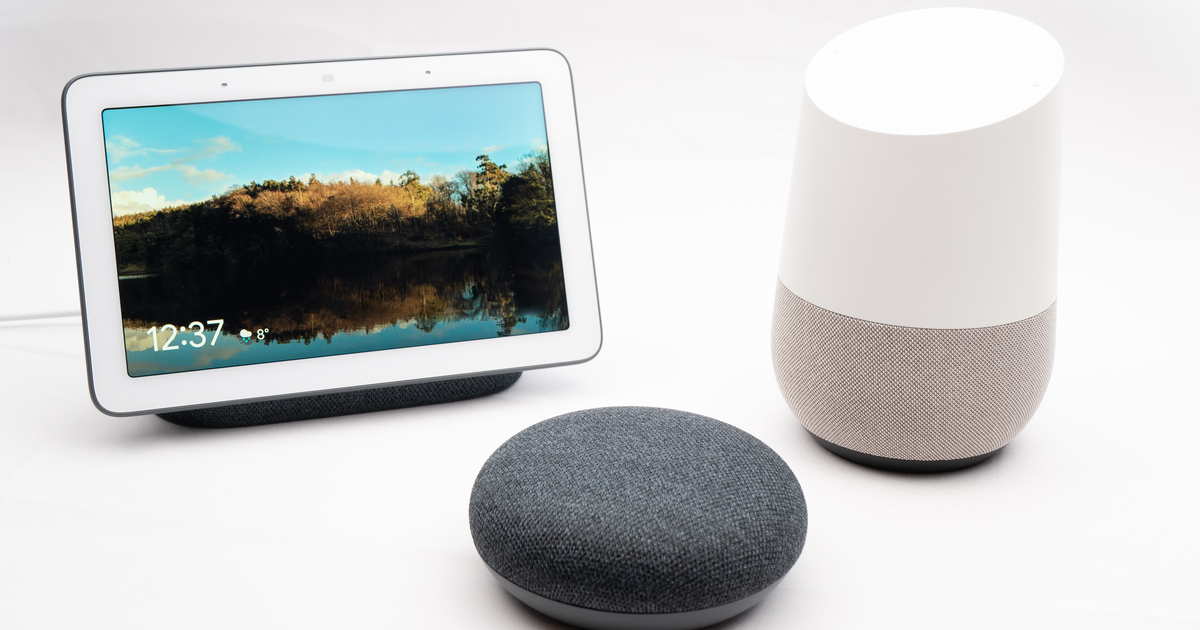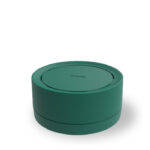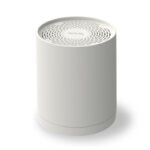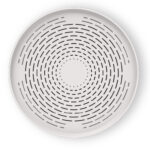Home sweet home? Beware of indoor air quality

Indoor pollution is higher than outdoor pollution

When we talk about pollution, thoughts immediately go to factory smokestacks and car exhaust pipes, but the reality is that very often concentrations of pollutants are higher indoors, in closed environments. Those where we spend most of our time, that is, homes, schools, workplaces. The problem has a well-known name – indoor pollution – and its consequences, in terms of health, can be very serious: the World Health Organization (WHO) estimates that exposure to polluted indoor environments is responsible for about 4 million deaths a year worldwide, as well as the onset of a range of symptoms and disorders including dermatitis, eye and throat discomfort, coughs, headaches, exhaustion, nausea, which collectively are called “sick building syndrome.” The substances responsible are mainly formaldehyde, benzene, nitrogen oxide, particulate matter, and radon, and they mostly result from combustion (heating and cooking equipment for food), cleaning products used for cleaning, air fresheners used to scent rooms, paint and furniture particulate matter, and (in the case of radon) natural emissions from underground. The issue has long been known to the scientific community, and there are now many studies that have attempted to assess and quantify the effects of exposure to indoor pollution: most recently, a paper just published by experts from the Texas A&M University School of Public Health in the journal Atmosphere, which not only reiterated the danger of breathing unhealthy air indoors but also pointed out that the problem is more severe in private homes than in offices, which in these times, when a substantial portion of the population finds itself working at home due to restrictions caused by the CoViD-19 pandemic, becomes a particularly pressing issue.
Smartworking e inquinamento indoor

Lo studio appena pubblicato è un lavoro pilota che gli autori hanno deciso di intraprendere, per l’appunto, per valutare gli effetti del lockdown e dello smart working sulla salute pubblica, in particolare in riferimento al problema dell’inquinamento indoor. Per analizzare la questione, gli scienziati hanno misurato la qualità dell’aria indoor in un ufficio e nelle abitazioni delle persone che vi lavoravano, a intervalli di tempo regolari, in particolare tra maggio e giugno del 2019 e tra giugno e settembre del 2020, e hanno quindi incrociato questi dati con lo stato di salute degli occupanti degli stessi individui. In particolare, hanno utilizzato diversi sensori per collezionare informazioni sulla temperatura dell’aria, sull’umidità relativa e sulla concentrazione di composti organici volatili (volatile organic compounds, o Voc), che si raccolgono principalmente nei tappeti e sono emessi da mobili e vernici, di polveri sottili (Pm2.5, ossia le particelle in sospensione più piccole, il cui diametro è inferiore a 2,5 micron e che pertanto sono particolarmente pericolose, in quanto in grado di penetrare in profondità nelle vie aeree), di muffe e di altre sostanze chimiche. Contemporaneamente, gli scienziati hanno anche raccolto dati relativi alla qualità dell’aria all’esterno (nei dintorni delle abitazioni e dell’ufficio), e in particolare temperatura e concentrazioni di particolato, sfruttando il database della Texas Commission on Environmental Quality; infine, hanno chiesto ai partecipanti allo studio di compilare un questionario in cui veniva loro chiesto di descrivere quantitativamente la presenza di sintomi come occhi secchi, arrossati o umidi, naso che cola, pelle secca o pelle irritata, valutandoli su una scala che andava da “nessun sintomo” a “soffro questo sintomo tutti i giorni”. I partecipanti vivevano tutti in abitazioni monofamiliari con impianto di aria condizionata centralizzato, e sono stati scelti in modo che nessuno di essi (né dei loro coinquilini) fumasse o fosse a contatto, per lavoro, con materiali pericolosi, in modo da escludere dallo studio eventuali fattori confondenti.
Fine dust above the safe threshold

The results: concentrations of particulate matter are apparently “significantly higher” in private homes than in offices, and the levels of particulate matter found in private homes are much higher than the safe threshold for a healthy work environment. The same goes for volatile organic compounds, which are present in higher concentrations in homes than in offices, although-unfortunately-at levels below the safety thresholds. And in fact – remarking, if not a causal link, at least a suspected correlation – the frequency of symptoms was found to be higher for those who worked from home. Important data that once again underscore the need to measure the various pollutants in our homes so that the right countermeasures can be taken.
Other evidences

As already mentioned, there are several studies pointing the finger at indoor pollution: work conducted in 2016 in the United States by a group of researchers at George Washington University, for example, identified 45 different harmful chemicals suspended in 90 percent of dust samples taken from the homes examined. These were mainly phthalates and phenols (related to infertility problems, especially in men, and potentially carcinogenic) and fluorinated, dangerous to the digestive and nervous systems. This is a problem that has not inconsiderable costs in terms of public health and is particularly pressing in Italy as well: the Istituto Superiore di Sanità, for example, in 2017 estimated the health costs of indoor pollution-related diseases at 200 million euros a year. Today, with people being confined to their homes, it is probably many more.
What to do?

The first step is monitoring. Knowing the enemy in front of you is the first form of prevention. One of the main strategies that has always been adopted to reduce the concentration of pollutants is to ventilate the house. A method yes important, but one that should not make us forget that even this action brings with it some not insignificant limitations. The first has to do with energy savings: in both winter and summer, changing the air involves an expenditure of energy to bring the temperature back to the desired level. In the colder season more energy will need to be supplied to heat, in the warmer season more energy in the air conditioners to lower the temperature. Not only that, the other problem related to air change concerns condensation that can form when warmer air from neighboring rooms meets cooler air from the ventilated room. In fact, condensation can give rise to the development of mold spores. That’s why keeping a constant eye on temperature, amount of carbon dioxide, humidity, particulate matter and radon gas is of paramount importance for a healthier home and healthy living.







